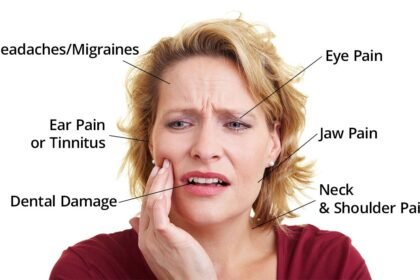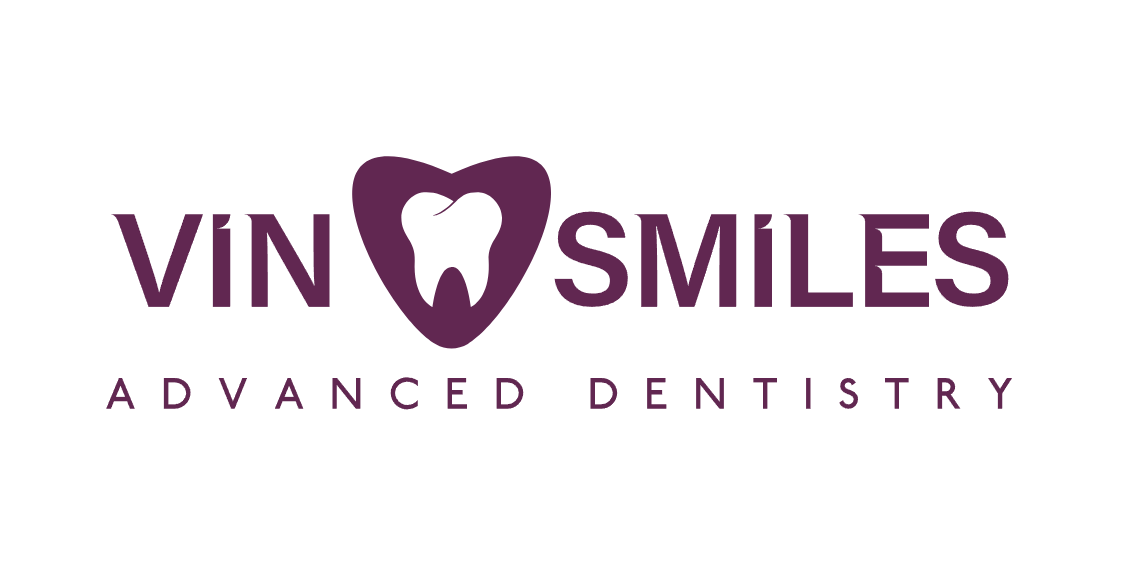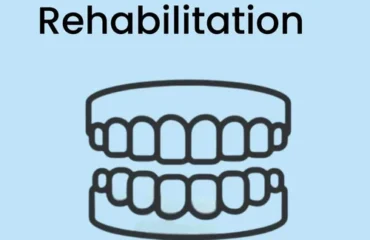
Introduction
Have you ever experienced jaw pain, clicking sounds while chewing, or difficulty opening your mouth fully? If yes, you may have encountered what doctors call Temporomandibular Disorders (TMDs).TMDs are a group of problems that affect the jaw joint and surrounding muscles. While they are not life-threatening, they can cause significant discomfort and interfere with daily activities such as eating, talking, or even smiling.Common Symptoms of TMDs
Many people ignore early signs, thinking they are minor. But when symptoms persist, they can affect quality of life.Key Symptoms You May Notice:- Jaw Pain or Tenderness – especially in the morning or after chewing.
- Clicking, Popping, or Grinding Sounds – noticeable when opening or closing the mouth.
- Difficulty in Opening the Mouth Wide – feeling “stuck” or “locked.”
- Ear-related Problems – pain, ringing, or fullness (often confused with ear infections).
- Headaches and Neck Pain – due to tight jaw muscles spreading tension upward.
- Uneven Bite or Difficulty Chewing – teeth not meeting properly.
What Causes TMDs?
There isn’t always a single reason. Often, multiple factors contribute.Common Triggers:- Jaw Injury – accidents, sports injuries, or dental trauma.
- Teeth Grinding/Clenching (Bruxism) – often due to stress.
- Poor Posture – especially neck and shoulder strain from long screen use.
- Stress and Anxiety – tightening jaw muscles unconsciously.
- Arthritis – wearing down of the joint.
- Dental Issues – misaligned teeth or bite problems.
How Are TMDs Diagnosed?
If you suspect TMD, the best step is visiting a dentist, oral medicine specialist, or TMJ specialist.Diagnostic Steps (Simple Terms):- Medical History – your symptoms, habits (like clenching), stress levels.
- Physical Examination – checking jaw movement, sounds, and tenderness.
- Bite Analysis – seeing if teeth fit together correctly.
- Imaging (if required) – X-rays, MRI, or CT scan for complex cases.
Treatment Options for TMDs
The good news is that most TMD cases improve with simple, non-surgical care.Self-Care & Lifestyle Changes
- Eat Soft Foods – reduce strain on the jaw.
- Apply Warm Compresses – to relax muscles.
- Jaw Exercises – gentle stretches suggested by a doctor.
- Correct Posture – sit straight, avoid slouching.
- Stress Management – yoga, meditation, breathing exercises.
- Avoid Chewing Gum or Hard Foods – prevents overuse of jaw muscles.
Medical Treatments
- Mouth Guards/Night Guards – prevent teeth grinding during sleep.
- Medications – pain relievers, muscle relaxants, or anti-inflammatories.
- Physical Therapy – massage, stretching, ultrasound, or laser therapy.
- Dental Corrections – if teeth misalignment is the cause.
Surgical Options (Rare & Last Resort)
- Arthrocentesis – flushing out the joint with fluid.
- Arthroscopy – minor surgery with a small camera.
- Open Surgery – only for severe structural problems.
Living With TMD – Practical Tips
- Listen to Your Body – don’t force your jaw to open wide.
- Break Stress Habits – avoid clenching or chewing nails.
- Limit Screen Time – reduce neck strain that worsens jaw tension.
- Regular Check-ups – early care prevents complications.
- Stay Active – overall body fitness supports joint health.
When to Seek Immediate Help
- Jaw “locking” open or shut.
- Severe pain unrelieved by basic care.
- Sudden change in bite or inability to chew.
- Swelling or infection around the jaw.


